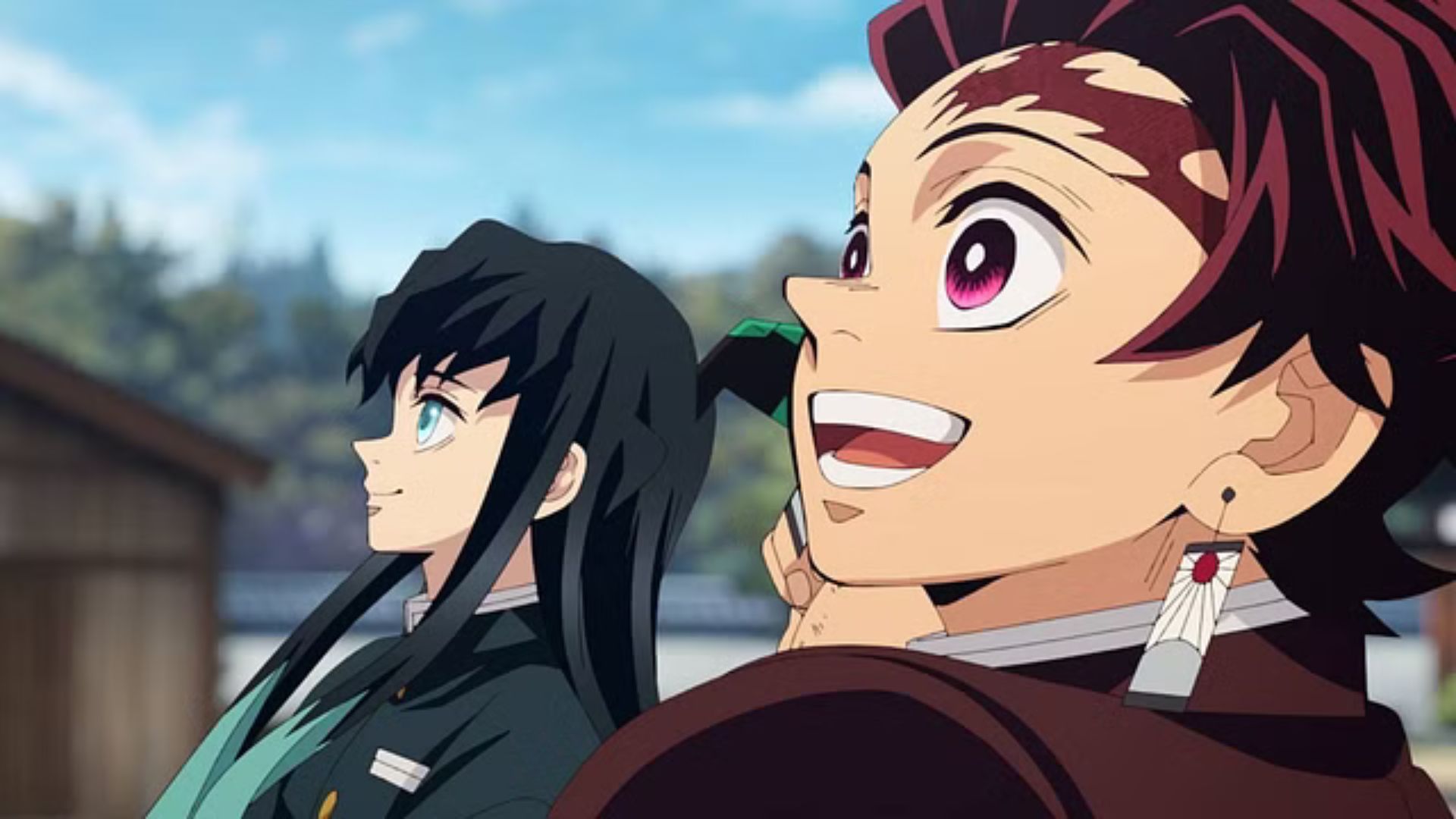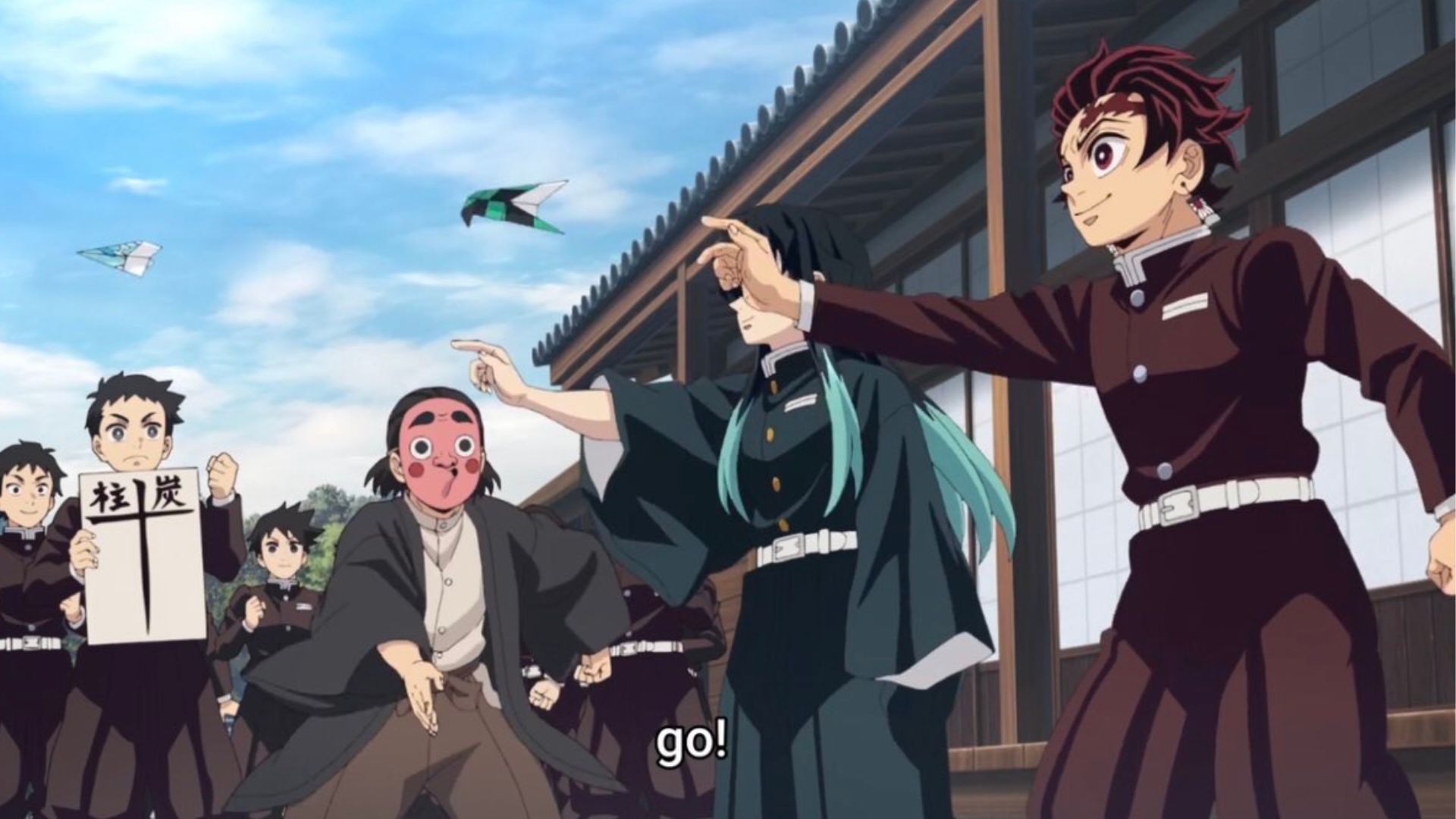New episodes of the Demon Slayer‘s Hashira Training arc are being released every week and Uftoable once again doesn’t fail to provide quality with each episode. In contrast, Ufotable has gone above and beyond the basic requirements of providing top-quality animation with Demon Slayer’s newest season by adding new, anime original scenes. These anime original scenes, which make up almost ninety percent of the recent episodes, could also be considered filler content.
Though fillers in anime are generally defined as bad due to their tendency to stray away from the original narrative by providing invaluable context, Demon Slayer Hashira Training ‘filler’ episodes have redefined its notion. The Demon Slayer Hashira Training arc in the manga reaches its culmination within ten chapters and then dives straight into the final battle. Koyoharu Gotouge was very quick at featuring the important training arc, but this is where the creator’s oversight lies.

The training arcs in shonen series are a very classical trope that highlights not only the protagonist’s traits but gives other characters a chance to shine as well. It is evident that Ufotable understood this urgency and added much-needed filler scenes that arguably should have been in the manga in the first place. These additional scenes keep on enriching the Demon Slayer’s otherwise simple narrative by giving great depth to each character, notably, Hashiras in this titular arc.
Demon Slayer‘s Newest Season’s Filler Scenes Provide Depth To The Current Arc
Ufotable seemingly plans to add more original scenes to highlight Hashira’s emotional struggles.
One of the oversights Koyoharu Gotouge made in their Demon Slayer manga is portraying the Hashiras as inhuman when they are totally capable of showing emotions. Ufotable saw this oversight and gave Hashiras very realistic emotions, starting with Sound Hashira showing regret and trauma for retiring. Then, Demon Slayer Hashira Training episode #4, “To Bring a Smile to One’s Face”, shows Tokito Muichiro’s emotional struggles and in doing so, this episode also teaches a valuable life lesson.
As depicted in the anime original scene, Tokito trains the members of the Demon Slayer corps all day long and at night, he goes off to train with other Hashiras to keep honing his skills, since normal training doesn’t help the Mist Hashira gain skills. This notion teaches a very simple yet important life lesson that working hard is the only way to great achievement. Whereas, the other Hashira, notably, Obanai Iguro the Snake Hashira, and Sanemi Shinazugawa the Wind Hashira, have also showcased their emotional response so far. The friendly duel between Iguro and Shinazugawa, which eventually turned into a three-way training battle, is a prime example of Ufotable’s outstanding direction and storytelling in the new season.
Demon Slayer Hashira Training Arc Filler Scenes Teaches Valuable Life Lessons
The series’ filler feels intentional to the narrative, and adds to each character’s personal journey

In addition to showcasing Tokito’s resilience to train himself and his pupils all day and night, teaching a valuable life lesson in the process of how hard work begets success, Demon Slayer Hashira Training Arc episode #4 also imparts one more lesson. As seen in the fourth episode, Tanjiro challenges Tokito to a paper plane flying contest, which was obviously an excuse to take a break. Tokito’s strictness had rookies scared of him, which could inadvertently affect their training.
Hence, Ufotable’s decision to showcase a break amid the rigorous training conveys valuable life lessons about the necessity of taking breaks during hard work. This balance can make training more effective and sustainable, a principle that everyone should embrace in their daily practices. It seems that Ufotbale will likely continue to add anime original scenes in the Demon Slayer Hashira Training arc that arguably should have been in the manga, which will set a new standard for what fillers can achieve in an anime adaptation.




